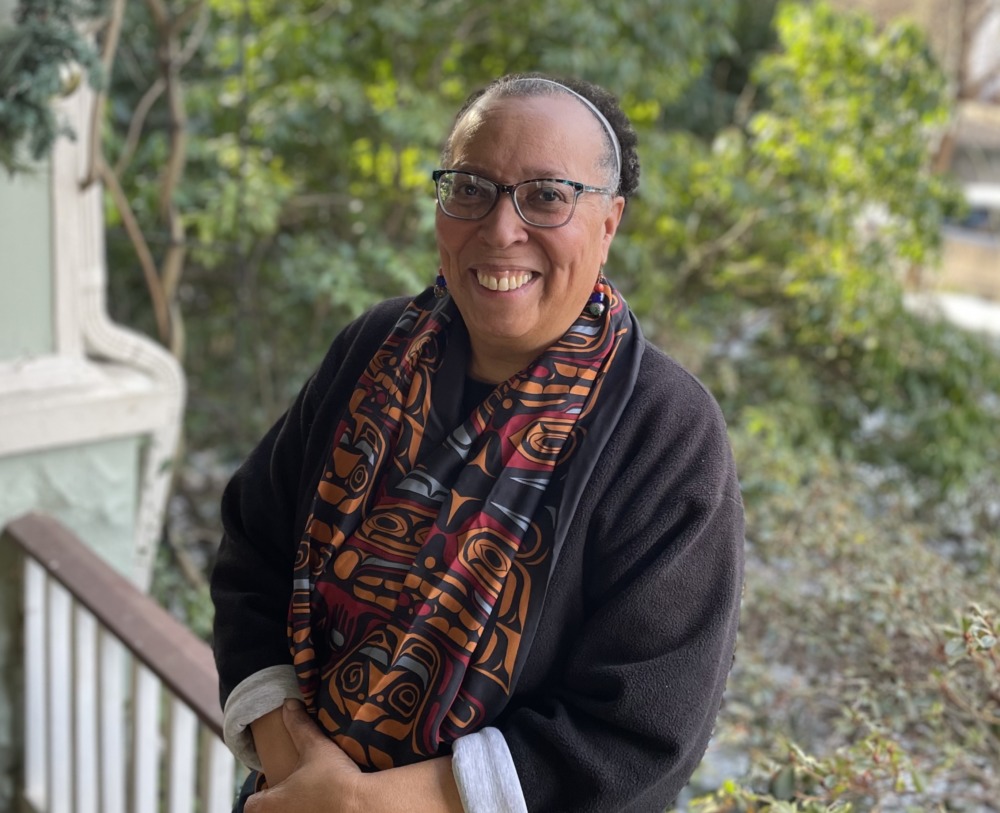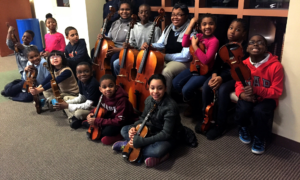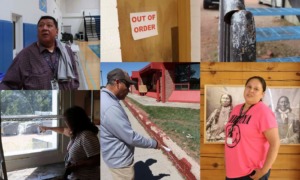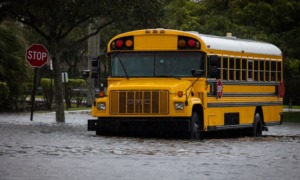It’s hard to find an educator — whether based in a school or a community — who doesn’t agree that resources and relationships are critical to youth success. Research clearly shows that more is better—– both in terms of number and diversity — so long as the inputs are positive. But who defines positive?
Unbounded resources
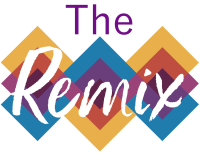 Students’ and teachers’ rights to educational resources that help them explore the history and current realities of different races, cultures, identities, and perspectives are being curtailed by school boards and legislatures. In 2021, the American Library Association documented 729 challenges targeting 1,597 titles found in libraries, schools, and universities. According to a December Associated Press story, this is the highest number reported since tracking began in 2000.
Students’ and teachers’ rights to educational resources that help them explore the history and current realities of different races, cultures, identities, and perspectives are being curtailed by school boards and legislatures. In 2021, the American Library Association documented 729 challenges targeting 1,597 titles found in libraries, schools, and universities. According to a December Associated Press story, this is the highest number reported since tracking began in 2000.
But it seems that the more officials clamp down on resources allowed to be taught in school, the more students and teachers find ways to move the lessons outside of school boundaries. The story notes the rise in students turning to social media platforms, especially TikTok, to fill gaps in school lessons: Seventeen-year-old Mecca was looking for videos on social protests and Black and Latino history. Educator Isis Spann left the classroom to develop educational digital content after school officials discouraged her from sharing stories about civil rights movement leaders with her kindergarten students during Black History Month.
Unbounded relationships
The current attempts to limit students’ access to officially sanctioned school-bound content that acknowledges the history and diversity of our communities and country coincides with an insidious insistence that the bounded relationships formed in school are the only ones that matter for student success. Julia Fisher explores the waste, cost, and inequity associated with this assumption in Students’ Hidden Networks, a 2022 report on relationship mapping from the Christensen Institute. In reality, she notes, “schools know relatively little about the social landscapes that young people navigate. The degree to which a student is connected or disconnected within and beyond school is rarely measured in reliable or equitable ways.”
Schools usually attempt to increase student supports by increasing the availability of adults in the school building — hiring adjunct staff, asking staff to take on mentoring and advising roles and recruiting volunteers to come into the school. These efforts, while well-meaning, are often futile because they aren’t sustainable. They are institution-centric, rather than student-centric. As Fisher notes, “schools know relatively little about the social landscapes that young people navigate. The degree to which a student is connected or disconnected within and beyond school is rarely measured in reliable or equitable ways.”
Administrators may be correct in assuming that these students don’t possess all the relationships and networks they need to succeed academically or professionally. But that doesn’t mean they don’t possess any. Fisher notes they “ignore a whole stock of connections hidden in plain sight: the people students already know. Ignoring these assets is especially pernicious — and all too common — when it comes to institutions supporting low-income students, first generation students, and students of color.”
Much like the students and educators who are turning to resources outside of school walls to expand content, we must look more broadly at student relationships as well. Getting a deeper understanding and appreciation of the relationships young people already have and the networks they are already members of is not only more efficient and sustainable, it also sends an important message that their natural cultural wealth matters.
Fisher reviews a number of promising approaches that can help school and community educators help young people recognize the power embedded in their networks (blending relationships and resources).
• Social Capital Builders, for example, helps young people map, assess, and leverage their social networks as a way of building social capital.
• Connected Futures’ curriculum helps young people differentiate the types of support social networks can offer (emotional support, informational support, tangible support, companionship) and encourages youth to create differentiated goals for their network members.
All of the approaches Fisher reviews combine some type of mapping technology or tools with reflection and facilitated discussions. The main point to emphasize is that these are tools that help students leverage their assets, not help schools measure and monitor them.
Fully acknowledging all of young people’s unbounded relationships and their developmental hunger for unbounded resources will require adults who work with youth to be prepared to acknowledge liabilities, to become literate about technology options and to be honest sounding boards for the knowledge, insights and challenges that come from using them.
But imagine the virtuous circle that can be created if we find ways to heighten the value and visibility of adults in relationships not bound by the constraints facing teachers in schools who, in turn, can help young people access and create resources that allow them to fully explore their identities and role in the broader world, so that they can have unbounded optimism about their futures.
***
Karen Pittman is a partner at KP Catalysts and the founder and former CEO of the Forum for Youth Investment.


